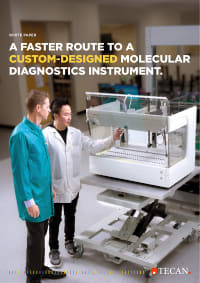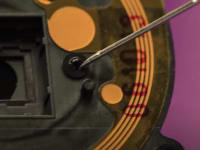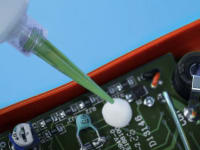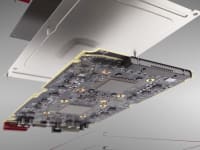Brain Implant Enables Safer Drug Delivery
Wireless Patch Enables Early Cancer Detection
Boston Scientific to Acquire Nalu Medical, Inc.
Material Science Innovations for Medical Devices
Automation, Robotics, and AI Integration in Medical Manufacturing


















Improving extruded components requires careful attention to a number of factors, including dimensional tolerance, material selection, and processing. Trelleborg’s Dan Sanchez provides detailed insights into each of these considerations to help you advance your device innovations while reducing costs and speeding time to market.
Developing Sustainable Drug-Delivery Devices
Smarter Pathways for Precision Drug Delivery in Cancer Care
Understanding Testing and Compliance Requirements for Wireless Medical Devices
Personalized Medicine and Drug Delivery
Material Science Innovations for Medical Devices
Automation, Robotics, and AI Integration in Medical Manufacturing

Eurofins Medical Device Testing (MDT) provides a full scope of testing services. In this interview, Eurofins’ experts, Sunny Modi, PhD, Director of Package Testing; and Elizabeth Sydnor, Director of Microbiology; answer common questions on medical device packaging and sterilization.
























